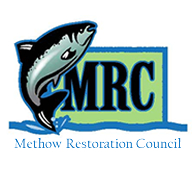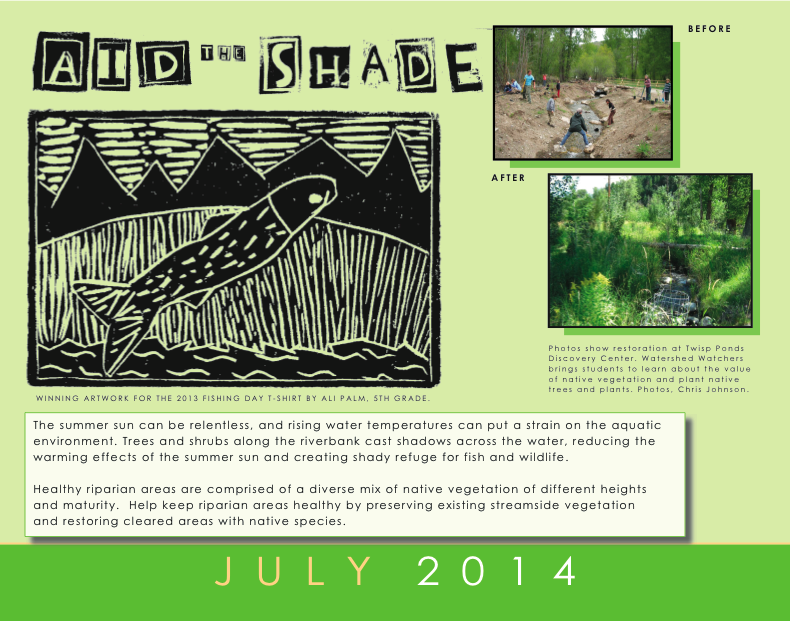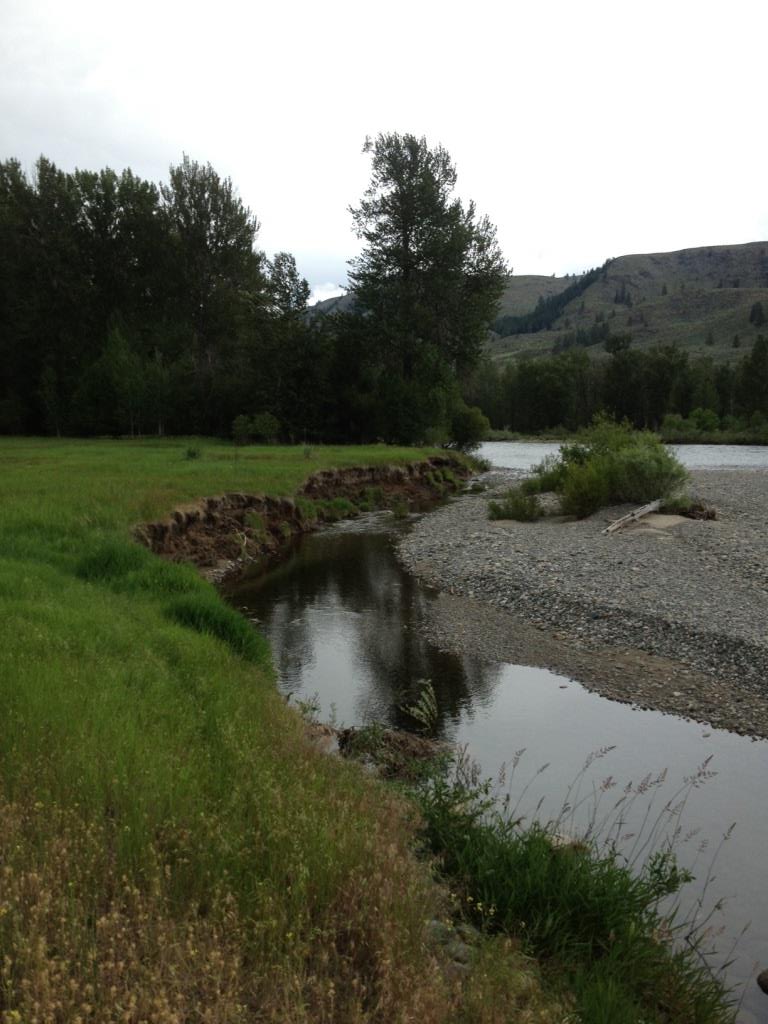

|
Living With the Methow River Monthly Activities and Learning Opportunities July 2014
The word riparian comes from the Latin ripa,which means the bank of a river, or shore of the sea. We now use the term riparian to describe the zone that exists between water and dry land. One way to readily identify a riparian zone is to look at the types of plants that are growing there; only certain kinds of plants can tolerate the high levels of water in the soil. Plants commonly found in the Methow River’s riparian zone include black cottonwood, alder, red osier dogwood, and willow. Riparian trees provide shade to help keep the river cool, and trees that fall into the river act as habitat for juvenile fish to hide and forage in. The roots of riparian plants hold the soil together and protect private property and river banks from eroding away. In fact, the riparian zone along the river helps sustain approximately 80% of the wildlife in the Methow Valley. Historic land use practices in the Methow Valley completely cleared some riparian areas along the river to open up land for agricultural uses. We now know how important this zone of vegetation is to the river, wildlife, salmon, and private property; the lack of vegetation along certain stretches of river can create a lot of problems for fish and people.
This section of cleared bank provides very little habitat and is vulnerable to erosion. The Cascade Columbia Fisheries Enhancement Group has multiple projects in the Methow River basin to address this lack of riparian vegetation. As part of the Methow Riparian Restoration Project, CCFEG and WDFW intend to replant degraded areas on large publicly owned parcels within the Methow Valley with native riparian species to help to restore the natural habitat processes. This riparian restoration will reduce stream temperatures, increase the amount of wood in the river, and promote habitat diversity and channel stability, improving habitat conditions for salmon and other terrestrial wildlife. For more details, check out www.ccfeg.org.
This year’s MRC calendar connects to ADVENTURES, ACTIVITIES AND INFORMATION tailored to each month. If you haven't gotten your calendar yet, you can download an electronic version here. Come back each month and find interactive activities, print outs, and suggested learning opportunities in our community.
Just follow the fish and engage in learning.
Previous Learning Opportunities: |



